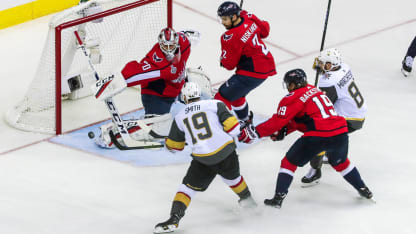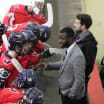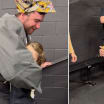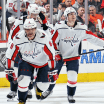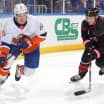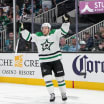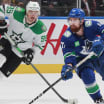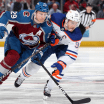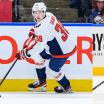It also doesn't hurt to know which player is where and what their personal preferences are from that spot. Some tendencies are general, like a player coming off the boards on his forehand being more likely to take a wrist shot on the short side because it's natural to pull that shot in before releasing it. Others are more specific and come from building a book on shooters over time by learning who prefers to pass and who is more likely to shoot, and where, because a goalie has seen it so often.
Knowing how well each player shoots can factor into how aggressive a goalie is with positioning, Holtby said.
"There are a lot of young players in the League, so it's tough to have a book on everyone," said Florida Panthers starter Roberto Luongo, who at age 39 has faced 29,891 regular-season shots during 19 NHL seasons. "I do have it on some guys I have been playing for a while, but reading plays is just about being around the League, seeing what teams like to do, and I go over that with [goaltending coach Rob Tallas] before every game, tendencies and things like that. The fact I watch a lot of hockey during the season helps me too, just to see the goals scored, what teams like to do, whether it's power play or odd-man rushes."
Such preparation varies from goalie to goalie.
Each opponent is scouted to some degree by goalies, whether it's taking part in penalty-kill meetings to identify unique or specific power-play threats or doing extra video work with the goaltending coach.
Dallas Stars starter Ben Bishop takes home specially prepared video clips the night before a game to study opponents, according to The Athletic. Cam Ward has leaned on Corey Crawford while adjusting to Western Conference shooters with the Chicago Blackhawks after playing the previous 13 with the Carolina Hurricanes.
"Reads are experience, but after being in the other conference so long there are a lot of new players here I don't normally see on a regular basis," Ward said. "You lean on teammates and your goalie partner to tell you some tendencies, and we do shootouts and see tendencies on video, but at the same time you want to have a clear mind and not overthink things and trust your instincts and trust your reads."
